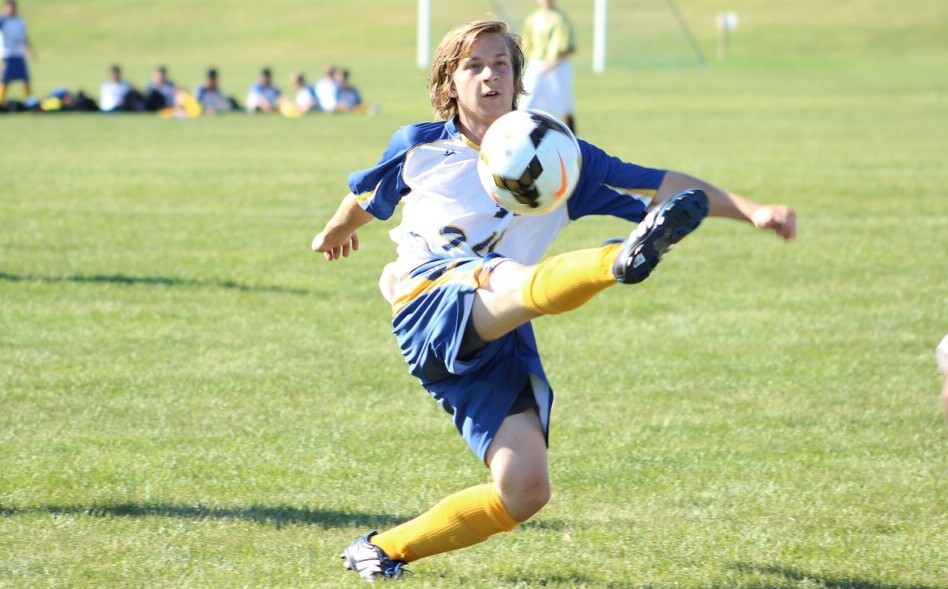
Short passes are the backbone of any soccer game. Whether you’re playing in a local league or eyeing professional fields, mastering short passes can elevate your game. Short, precise passes keep possession, control the tempo, and create scoring opportunities.
The beauty of short passing lies in its simplicity and effectiveness. It allows for quick exchanges between teammates, making it harder for the opposition to interrupt and gain control. Think about some of the best teams you’ve watched—they often dominate with crisp, clean short passes.
Mastering this skill brings tons of benefits. It improves your overall ball control and enhances your team’s fluency on the pitch. Plus, it encourages better teamwork and communication, making every player feel involved.
To get there, you need to focus on a few key techniques and dedicated drills. These drills hone your precision, timing, and ability to make quick decisions. If you’re ready to up your short-passing game, buckle up and prepare to work hard. Results come with consistent practice and a good understanding of the basics.
Essential Drills for Perfecting Short Passes
Drills are where the magic happens. They turn good players into great ones. Here are some rock-solid drills to help you perfect those short passes.
One-touch passing is a basic yet highly effective drill. Stand in a circle with teammates and pass the ball around with only one touch. This builds quick decision-making and smooth ball control. Keep the pace high to simulate game conditions.
Triangle passing involves three players forming a triangle. Pass the ball around the triangle while moving to different points. This exercise helps in maintaining control and improving passing accuracy under movement.
Rondo is a favorite among many coaches. Form a circle with one or two players in the middle. The players in the circle pass the ball to each other while the ones in the middle try to intercept. This helps in teamwork and keeps everyone alert and agile.
If you’re training solo, the wall pass drill is your best friend. Pass the ball against a wall and receive it back, practicing different foot angles and distances. It’s a great way to work on control and pass consistency.
Pass and move drill focuses on the fundamental concept of moving after making a pass. In groups, set up cones and have players pass the ball and move to a new cone immediately. It promotes active play and better game dynamics.
Advanced Techniques to Enhance Short Passing
Mastering short passes involves more than just basic drills; it’s about refining your technique to become second nature. One key advancement is using both feet equally. This ensures versatility and keeps defenders guessing. Spend extra time on your weaker foot until it feels as natural as your dominant one.
Body positioning and footwork play a huge role in executing perfect short passes. Stay light on your feet and slightly on your toes. This readiness helps in making quick, accurate passes while maintaining balance and control. Angle your body to be ready for receiving and sending passes efficiently.
Reading the game is an advanced but crucial skill. It involves anticipating your teammates’ and opponents’ movements. This foresight allows you to pass the ball into spaces where your teammates will be, rather than where they currently are. It’s about thinking one step ahead and improving your vision on the field.
Incorporating fakes and feints can make your passes unpredictable. A slight body feint or a look-away can mislead defenders, giving you the edge. These techniques create split-second opportunities that can change the dynamic of the game. Practice these moves in training to build confidence in using them during matches.
Common Mistakes and How to Avoid Them
Inaccurate passes often stem from a lack of focus. Even the simplest passes can go astray if you’re not paying full attention. Keep your eyes on the ball and always be aware of your surroundings.
Poor communication with teammates can also wreak havoc on short passing. It’s essential to talk constantly on the field. Simple cues like ‘Man on!’ or ‘Time!’ can make all the difference.
Overcomplicating passes is a rookie mistake. Sometimes, the easiest option is the best one. Look for the simplest pass, play it, and keep the flow going.
Defensive pressure can throw off even the best passers. Practice making passes under pressure, and stay composed when a defender is closing in. Quick thinking and staying calm are key.
Lastly, many players ignore the importance of follow-through on their passes. A strong follow-through ensures the ball goes where you want it to. It might seem trivial, but it makes a huge difference in precision.

The way you broke down each drill with clear explanations really made it easy to follow along. I especially liked how you emphasized the importance of quick decision-making in tight spaces—such a crucial skill in the game! I’m curious, though, do you have any tips on how to incorporate these drills into a regular training routine for players of different skill levels? Also, I’d love to know if you’ve seen any specific drills here make a noticeable impact on players’ performances. Great work overall, super helpful!
Thank you Bob, much appreciated